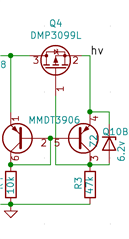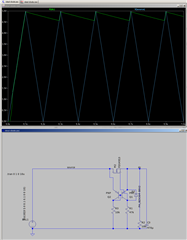Hi,
This is Divyanshu, Application support for power switches. A customer is using a solar array output of 100V to charge a 15V battery at the output through a DC-DC buck converter. But our power protection devices are not rated for such high input voltages. I was wondering if you have come across such applications before, where wide-bandgap devices are used for power path protection in very high voltage systems?
Here is the link to the e2e query for your reference: e2e.ti.com/.../1037169
Thanks and best regards,
Divyanshu



